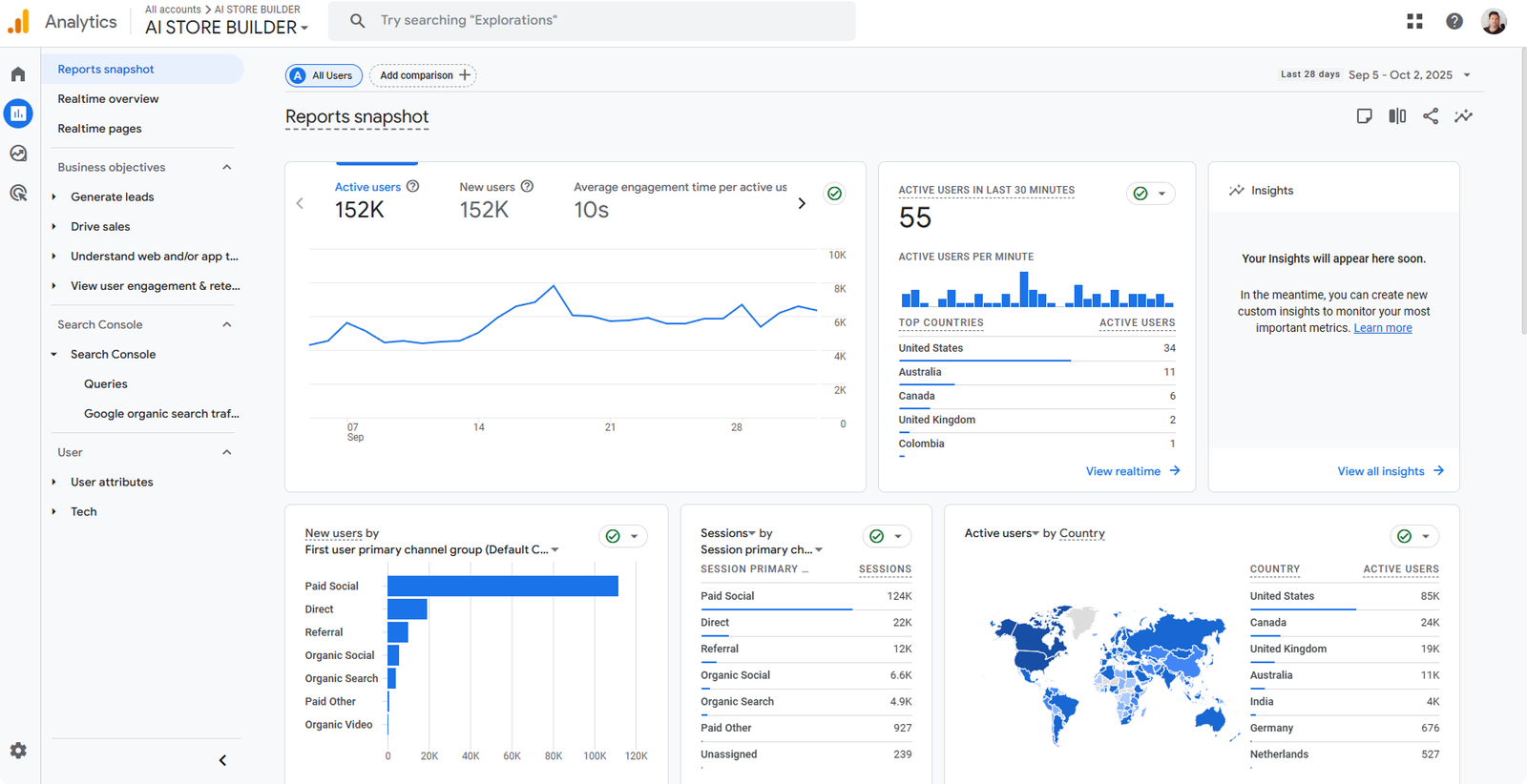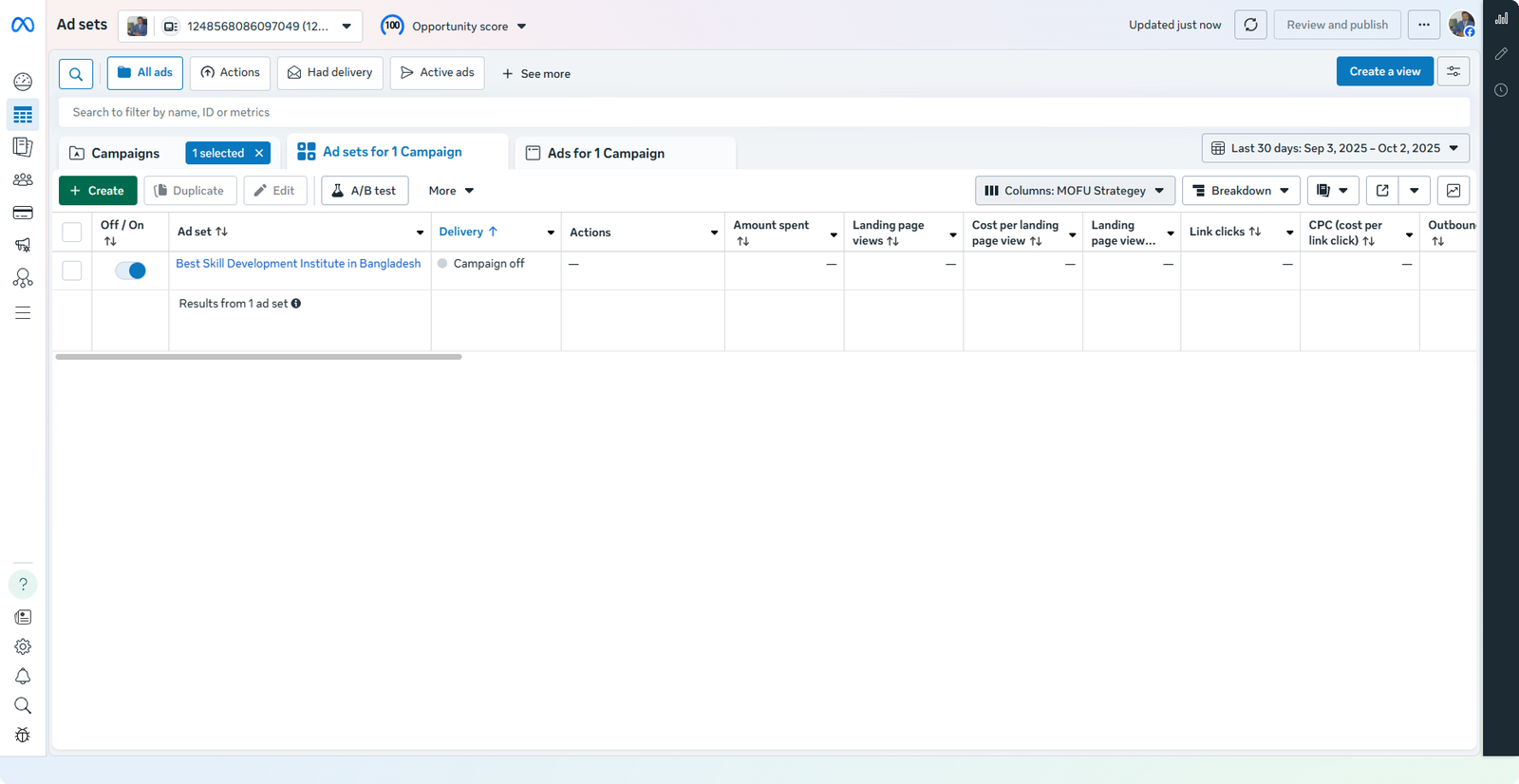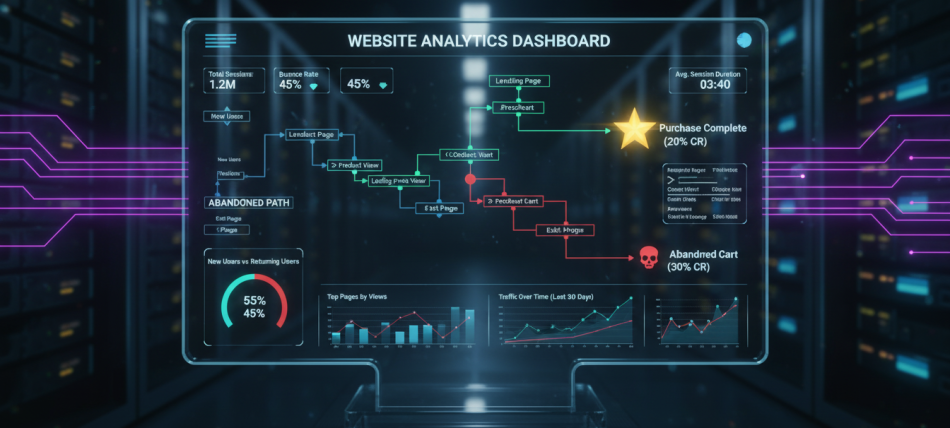In today’s fast-paced digital world, simply having an online presence isn’t enough to guarantee success. Businesses need to understand how their audience interacts with their digital assets and how effective their advertising campaigns truly are. This is where web analytics and ad optimization become indispensable tools, acting as the secret sauce for sustainable business growth.
Unlocking Insights with Web Analytics
Web analytics is the systematic process of collecting, analyzing, and reporting data about web usage. It’s like having a detailed health report for your website, providing crucial insights into visitor behavior and website performance.
Key Benefits of Web Analytics:
- Understanding User Journeys: Analytics reveals how users navigate your site—which pages they visit, the order of their clicks, and where they spend most of their time. This helps in understanding user intent and preferences.
- Identifying Conversion Funnel Drop-offs: Are potential customers abandoning their carts? Are leads not completing forms? Web analytics pinpoints exact stages where users disengage, allowing for targeted improvements.
- Optimizing Content Strategy: By understanding what content resonates most, you can tailor your content creation to user interests, ensuring higher engagement and longer visit durations.
- Enhancing User Experience (UX): Data from analytics can highlight design flaws or confusing navigation, enabling you to refine your website for a more intuitive and satisfying user experience.
- Data-Driven Decision Making: All insights derived from web analytics provide a solid foundation for strategic decisions regarding website design, content development, and overall digital marketing efforts
Here’s a visual representation of a website analytics dashboard, showcasing user flow and key metrics:

Mastering Performance with Ad Optimization
Ad optimization is the continuous process of improving the performance of your paid advertising campaigns to achieve the best possible results for your budget. It’s about ensuring every dollar spent works as hard as it can.
Key Aspects of Ad Optimization:
- Precise Audience Targeting: Refine who sees your ads based on demographics, interests, behaviors, and even custom audiences, ensuring your message reaches the most receptive individuals.
- A/B Testing Ad Creatives: Experiment with different headlines, ad copy, images, videos, and calls-to-action to identify which elements drive the highest engagement and conversions.
- Strategic Bid Management: Adjusting your bids dynamically based on performance data and competition to maximize impressions, clicks, or conversions within your budget constraints.
- Landing Page Relevance: Optimizing the destination page that users land on after clicking your ad to ensure it’s highly relevant to the ad’s message and encourages the desired action.
- Keyword & Negative Keyword Management: For search ads, continuously refining your keyword list to capture relevant searches and adding negative keywords to filter out irrelevant traffic.
- Budget Allocation: Shifting budget resources towards campaigns, ad sets, or keywords that demonstrate superior performance and pausing those that are underperforming.
Here’s an example of an ad campaign performance report, illustrating key metrics for optimization:

Such a report helps marketers understand key metrics like ROI, clicks, impressions, and how different ad variations are performing, leading to better optimization decisions.
The Synergy: How They Work Together
The true magic happens when web analytics and ad optimization are used in conjunction. They create a powerful feedback loop:
- Ads drive traffic to your website.
- Web analytics tracks how that traffic behaves.
- Insights from web analytics inform adjustments to your ads. For example, if analytics shows users from a specific ad campaign are bouncing quickly, you might adjust the ad’s targeting or the landing page content.
- Ad optimization then refines targeting, bidding, and creatives. This ensures your ads are attracting more qualified traffic.
- Improved ad performance leads to better website engagement and conversions, which web analytics then measures.
This continuous cycle of measurement, analysis, and adjustment is what fuels sustainable business growth in the digital era. Without one, the other is significantly less effective. Web analytics provides the “why” behind user behavior, and ad optimization provides the “how” to improve reaching and engaging those users.
In conclusion, for any business aiming to thrive online, investing in and expertly utilizing web analytics and ad optimization is not just an option, it’s a necessity. They provide the data-driven clarity needed to navigate the complexities of the digital marketplace and unlock exponential growth.
